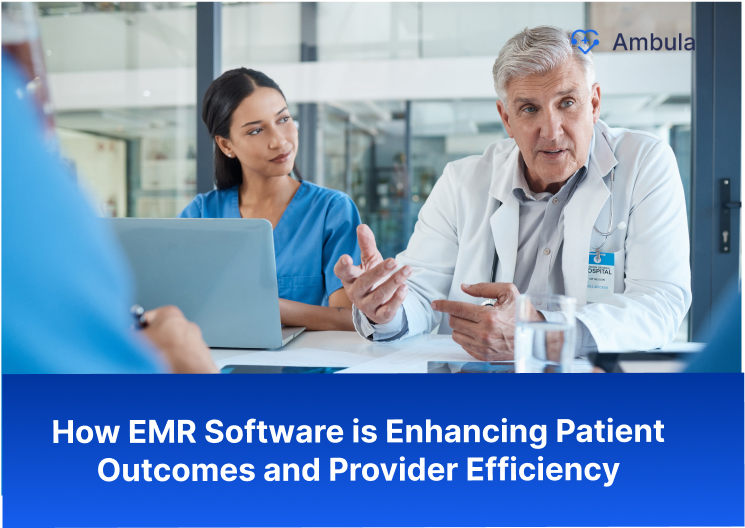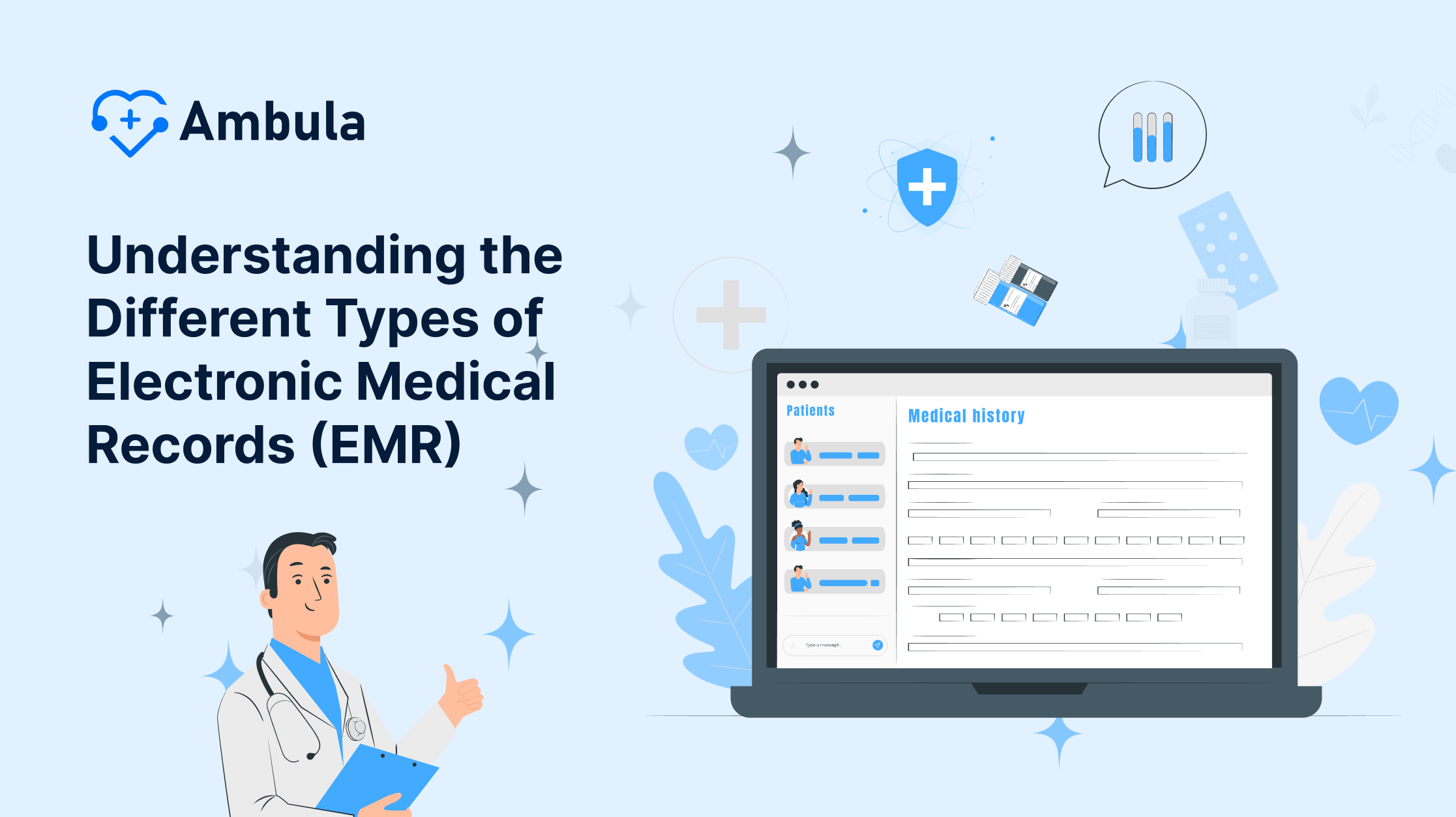
As the healthcare industry evolves, it has become increasingly clear that electronic medical record (EMR) software is essential for efficient and effective patient care. This is particularly true in pain management and orthopedics, where specialized EMR software can improve patient outcomes and streamline documentation. This article will explore the challenges of relying on paper charting and outdated tools in providing care. We will also examine the benefits of upgrading to modern EMR software with features such as physician scheduling, pain management-specific tools, orthopedic templates, and surgical EMR functionality. By selecting the best EMR system for your practice, you can improve patient outcomes and position your approach for long-term success in an increasingly competitive healthcare landscape.
Table of contents
- Challenges of paper charting and outdated tools in providing care
- Physician Scheduling Software
- Pain Management EMR Software
- Orthopedic EMR
- Best Ortho EMR
- Surgical EMR
- Conclusion
Challenges of paper charting and ancient tools in delivering care
Paper charting and old tools present several challenges for healthcare providers.
First, paper charting is time-consuming and can lead to errors in documentation. Providers must manually record patient information and medical history, which can lead to incomplete or inaccurate data. This can result in suboptimal treatment decisions and potential harm to patients.
Second, paper charting can be challenging to organize and store, leading to lost or misplaced records. This can result in delays in care and potentially dangerous situations for patients.
Third, outdated tools such as manual appointment scheduling or billing systems can be inefficient and prone to errors. This can lead to delays in scheduling or billing issues that can negatively impact the patient experience.
Overall, relying on paper charting and outdated tools can reduce efficiency, increase errors, and potentially poor patient outcomes. This highlights the importance of using modern devices like EMR software to optimize patient care and products.
Physician Scheduling Software
Managing physician schedules can be a daunting task, especially for practices with multiple providers. With the right EMR software, however, scheduling becomes a breeze. Physician scheduling software is a crucial feature of many modern EMR systems, allowing practices to efficiently manage appointments, view provider availability, and avoid scheduling conflicts.
By using physician scheduling software, practices can ensure that patients are seen promptly and that providers are not overbooked or double-booked. This can help improve patient satisfaction, as well as provider efficiency.
Pain Management EMR Software
Pain management is a complex field that requires specialized EMR software. Pain management EMR software offers a range of features specifically designed to help providers assess, treat, and manage pain effectively.
Some key features of pain management EMR software include pain assessment tools, medication management, and treatment plans. These features can help providers better understand their patients’ pain levels, develop personalized treatment plans, and track progress.
Using pain management EMR software can also help practices stay compliant with regulations and avoid errors in medication management.
Best EMR for Pain Management
When choosing the best EMR software for pain management, there are several options on the market. Some of the top choices include:
- AdvancedMD: This cloud-based EMR system offers pain management-specific features, including pain assessment tools and opioid prescribing alerts.
- DrChrono: DrChrono offers a customizable EMR system with pain management templates and e-prescribing capabilities.
- NextGen Healthcare: This EMR system offers a pain management-specific module with pain assessment tools and prescription tracking.
Each of these EMR systems has its unique features and benefits. When choosing the best EMR software for pain management, it’s essential to consider factors such as ease of use, cost, and the specific needs of your practice.
Orthopedic EMR
Orthopedic care requires specialized EMR software that can accommodate the unique needs of this field. Orthopedic EMR software typically includes customized templates for standard procedures, imaging integration, and joint-specific assessments.
By using orthopedic EMR software, providers can streamline documentation and improve patient care. Customizable templates can help providers document procedures quickly and accurately, while imaging integration allows easy access to X-rays, MRIs, and other diagnostic images.
Best Ortho EMR
Some of the top EMR software options for orthopedics include:
- Modernizing Medicine: This cloud-based EMR system offers customized templates and a library of orthopedic-specific content.
- Greenway Health: Greenway Health offers a range of EMR systems, including one specifically designed for orthopedics, with features such as joint-specific assessments and customized templates.
- NextGen Healthcare: NextGen Healthcare’s orthopedic-specific EMR module includes procedure documentation and imaging integration features.
When choosing the best EMR software for orthopedics, it’s essential to consider factors such as ease of use, support for standard procedures, and imaging capabilities.
Surgical EMR
Surgical EMR software is designed to help providers manage every stage of the surgical process, from preoperative assessments to postoperative care plans. Some key features of surgical EMR software include operative notes, anesthesia records, and postoperative care plans.
By using surgical EMR software, providers can improve documentation accuracy and streamline communication among surgical team members. This can help reduce errors and improve patient outcomes.
Conclusion:
Upgrading to a modern EMR system can help pain management and orthopedic practices improve patient care, streamline documentation, and increase provider efficiency. Features such as physician scheduling software, pain management-specific tools, orthopedic templates, and surgical EMR functionality can help practices deliver better care and stay compliant with regulations.
When choosing an EMR system, it’s essential to consider the specific needs of your practice and select software that can accommodate those needs. Factors such as ease of use, cost, and support for standard procedures should also be considered.
Choosing the best EMR software for your practice can improve patient outcomes and position your approach for long-term success in an increasingly competitive healthcare landscape.




